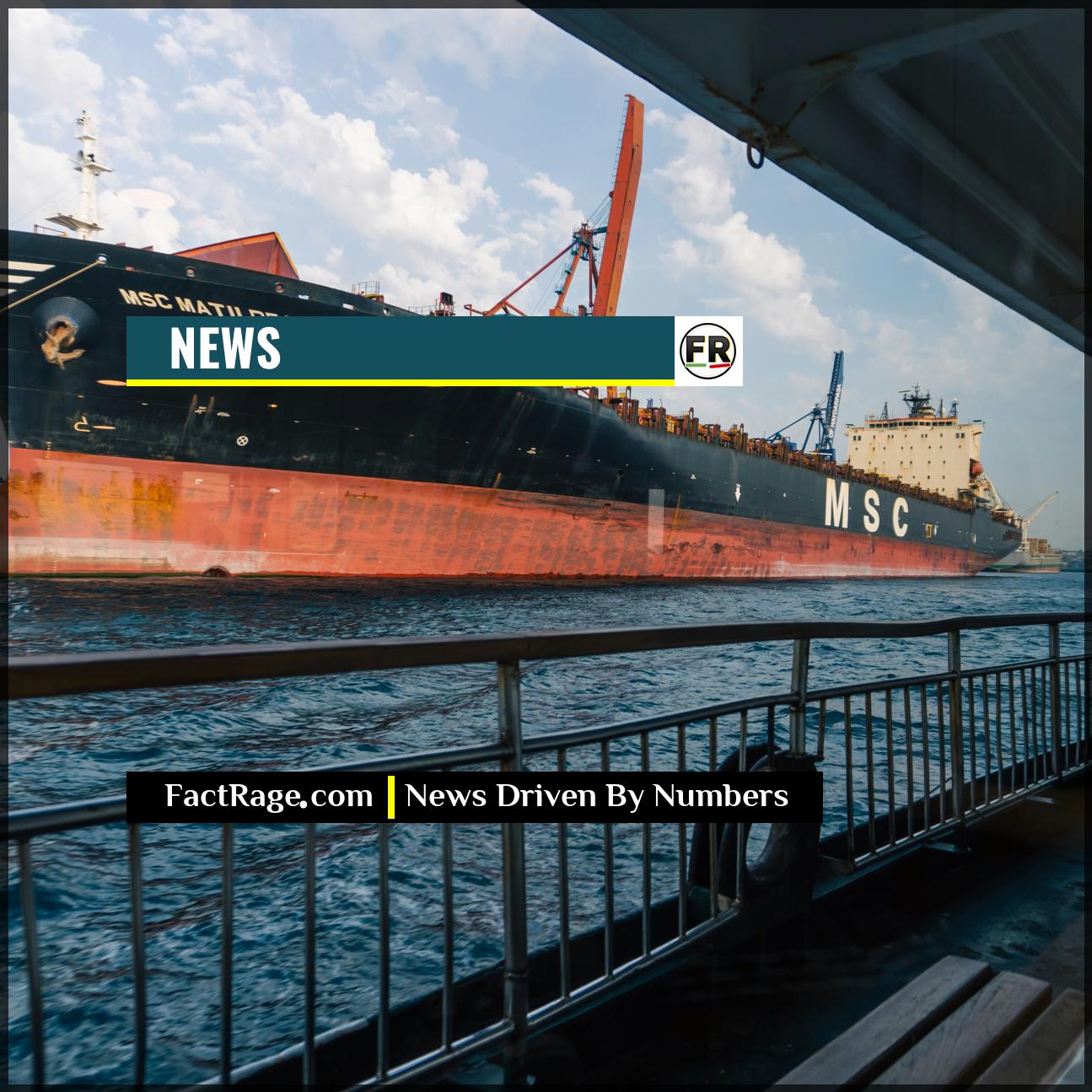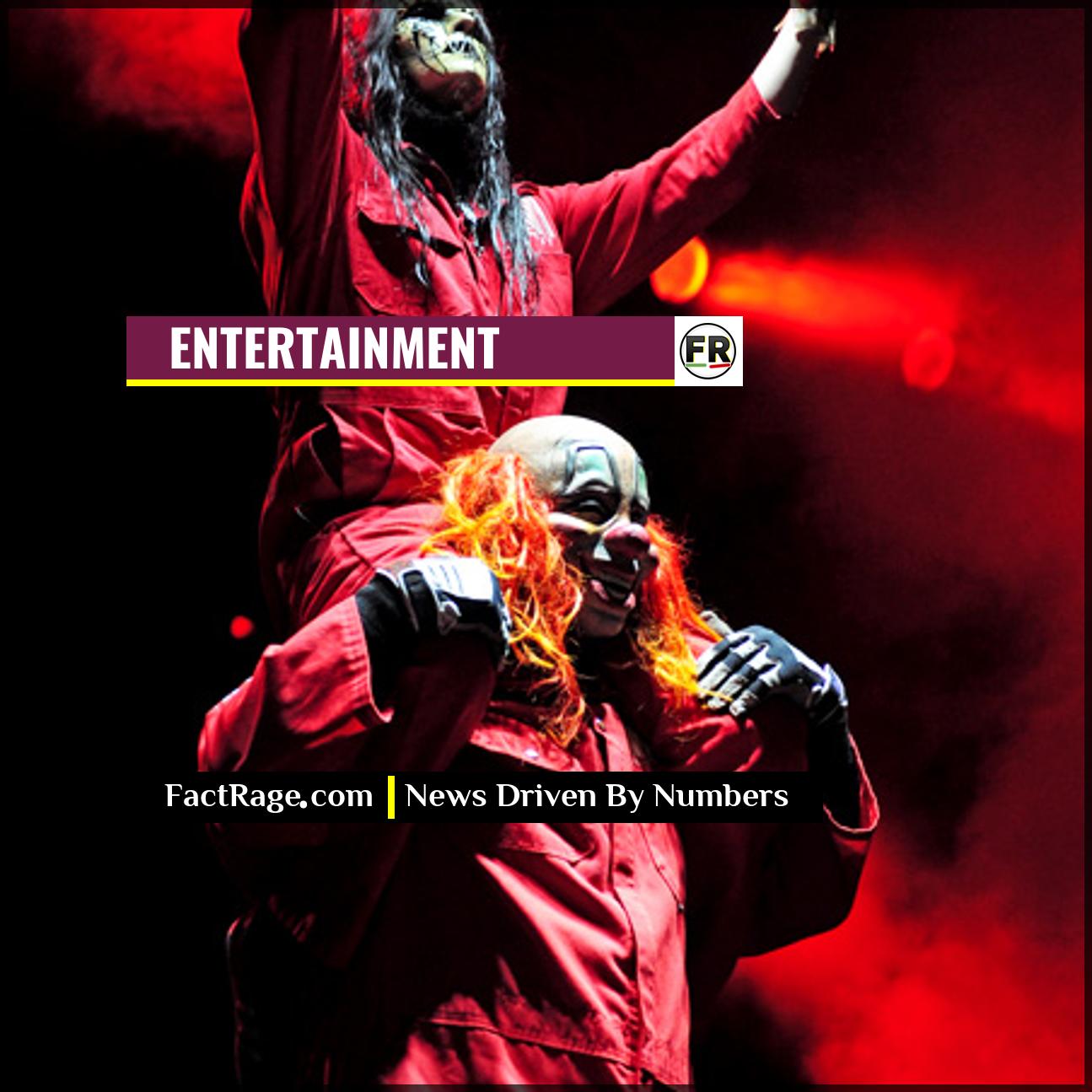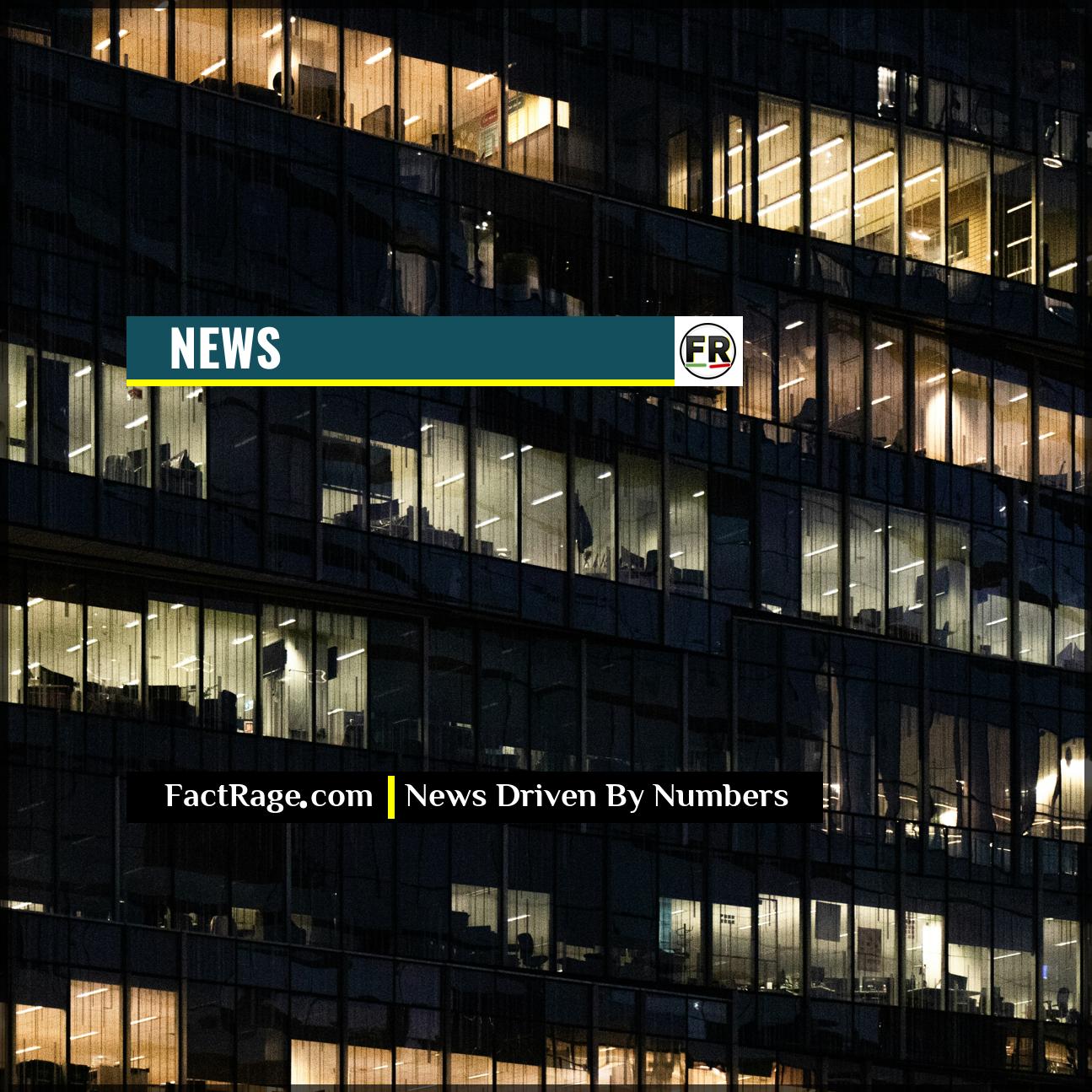NEW YORK, NY – Years after the initial unsealing of documents related to Jeffrey Epstein, a significant trove of records from a settled civil lawsuit remains under court seal, protected by ongoing legal efforts from individuals still seeking to avoid public disclosure.
- Remaining Sealed Files – Hundreds of documents from the 2015 defamation lawsuit Virginia Giuffre v. Ghislaine Maxwell are still sealed, containing deposition transcripts, summaries of evidence, and motions involving individuals who were not parties to the lawsuit.
- The Legal Standard for Secrecy – U.S. District Judge Loretta Preska has been overseeing the unsealing, ruling that each individual (“Doe”) fighting to keep their name redacted must provide “compelling” reasons to overcome the strong legal presumption of public access to court records.
- Who Fights and Why – Individuals designated as “Does” have argued for continued anonymity, citing potential reputational harm, privacy concerns, and the fact they were not accused of illegal acts within the context of the civil case.
While public attention has largely centered on the names already revealed, the court dockets provide a roadmap to the information that is still being actively shielded from view and the legal arguments being used to maintain that secrecy.
The System Behind the Secrecy
![]() Public attention has fixated on the names revealed from the Epstein case files. The more systemic issue, however, is the legal framework that allows hundreds of documents to remain sealed. The ongoing battle for disclosure is not about speculation, but about the specific, compelling reasons required to overcome the legal presumption of public access.
Public attention has fixated on the names revealed from the Epstein case files. The more systemic issue, however, is the legal framework that allows hundreds of documents to remain sealed. The ongoing battle for disclosure is not about speculation, but about the specific, compelling reasons required to overcome the legal presumption of public access.
Read On…
Our investigation examines the court dockets to identify the categories of information still being shielded and the precise legal arguments used to maintain that secrecy.
What Information Is Still Shielded from Public View?

The documents at the heart of the ongoing legal contests originate from a 2015 civil defamation lawsuit filed by Virginia Giuffre against Ghislaine Maxwell, which was settled in 2017. The vast majority of the publicity has concerned the unsealing of names of “John and Jane Does”—individuals mentioned in, but not party to, the lawsuit. However, the scope of the sealed material is broader than a simple list of names.
Still-redacted or fully sealed materials include extensive deposition transcripts, motions to exclude evidence, and communications between Epstein, Maxwell, and their associates. Court filings indicate these records contain discussions not just of individuals’ identities but also of the financial and logistical operations of Epstein’s network. Major financial institutions that facilitated transactions for Epstein, such as JPMorgan Chase and Deutsche Bank, were also scrutinized in related lawsuits, highlighting the financial dimension of the case that remains partially obscured within these sealed civil files.
Who Is Fighting to Maintain Secrecy, and Why?
The process of unsealing has involved a case-by-case review of more than 170 “Does.” While many did not object or had their objections overruled, a number have mounted significant legal challenges to keep their identities private. A prominent example was “John Doe 107,” later identified as Hyatt Hotels executive chairman Tom Pritzker. His attorneys argued that being named would associate him with “heinous conduct” and that his brief, non-illicit interactions with Epstein did not warrant the “annoyance and embarrassment” of public disclosure.
Judge Preska ultimately rejected this argument, stating that any reputational harm stemmed from his association with Epstein, not from the court’s actions. The legal arguments from other Does have followed a similar pattern: * Privacy Rights: Asserting a right to privacy for individuals not charged with a crime. * Reputational Harm: Claiming that mere mention in the documents, regardless of context, would lead to unfair public condemnation. * Third-Party Status: Arguing that as non-parties to the original lawsuit, their involvement is peripheral and does not meet the threshold for public interest.
The core question for the court in each instance is whether these personal concerns are compelling enough to override the public’s right to understand the judicial process.
The Legal Precedent: How Courts Decide Between Privacy and Public Interest
The legal framework governing the unsealing is rooted in the Second Circuit’s standard for public access to judicial documents. There is a strong presumption that court filings should be open to the public to ensure transparency and accountability. To keep a document sealed, a party must demonstrate that sealing is essential to preserve higher values and is narrowly tailored to serve that interest.
In this case, Judge Preska has consistently applied this test. She has found that simple embarrassment or the desire to avoid association with Epstein are not sufficient legal grounds to maintain secrecy. The judge has generally ruled that the public interest is served by understanding the evidence and testimony that was part of the court record in the Giuffre v. Maxwell case.
For the documents that remain sealed, the legal battle continues. Some involve victims who have a statutory right to privacy, while others involve individuals whose arguments for secrecy are still being adjudicated or have been granted for specific, narrow reasons. The future release of any remaining files depends entirely on the outcome of these specific, individualized legal assessments.
The Fight for the Full Record
![]() The legal presumption of public access continues to clash with individual arguments for privacy, ensuring the complete record of the Giuffre v. Maxwell case remains fragmented. The ultimate resolution rests not on public opinion or media speculation, but on the methodical, case-by-case application of legal precedent by the court. Consequently, the final extent of what the public is permitted to see hinges entirely on the outcome of these remaining legal contests, which will determine precisely what evidence is illuminated and what remains under judicial seal.
The legal presumption of public access continues to clash with individual arguments for privacy, ensuring the complete record of the Giuffre v. Maxwell case remains fragmented. The ultimate resolution rests not on public opinion or media speculation, but on the methodical, case-by-case application of legal precedent by the court. Consequently, the final extent of what the public is permitted to see hinges entirely on the outcome of these remaining legal contests, which will determine precisely what evidence is illuminated and what remains under judicial seal.














